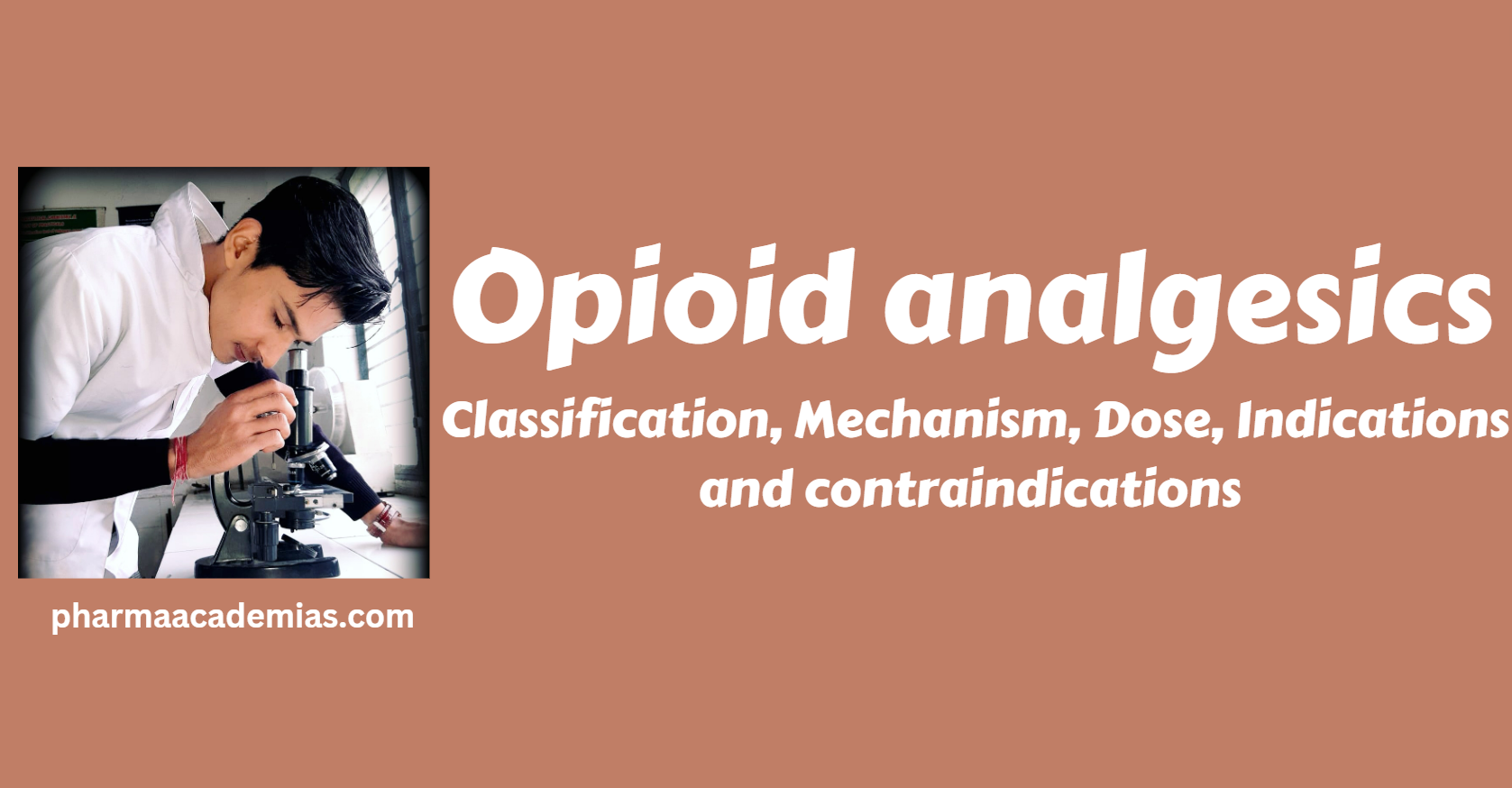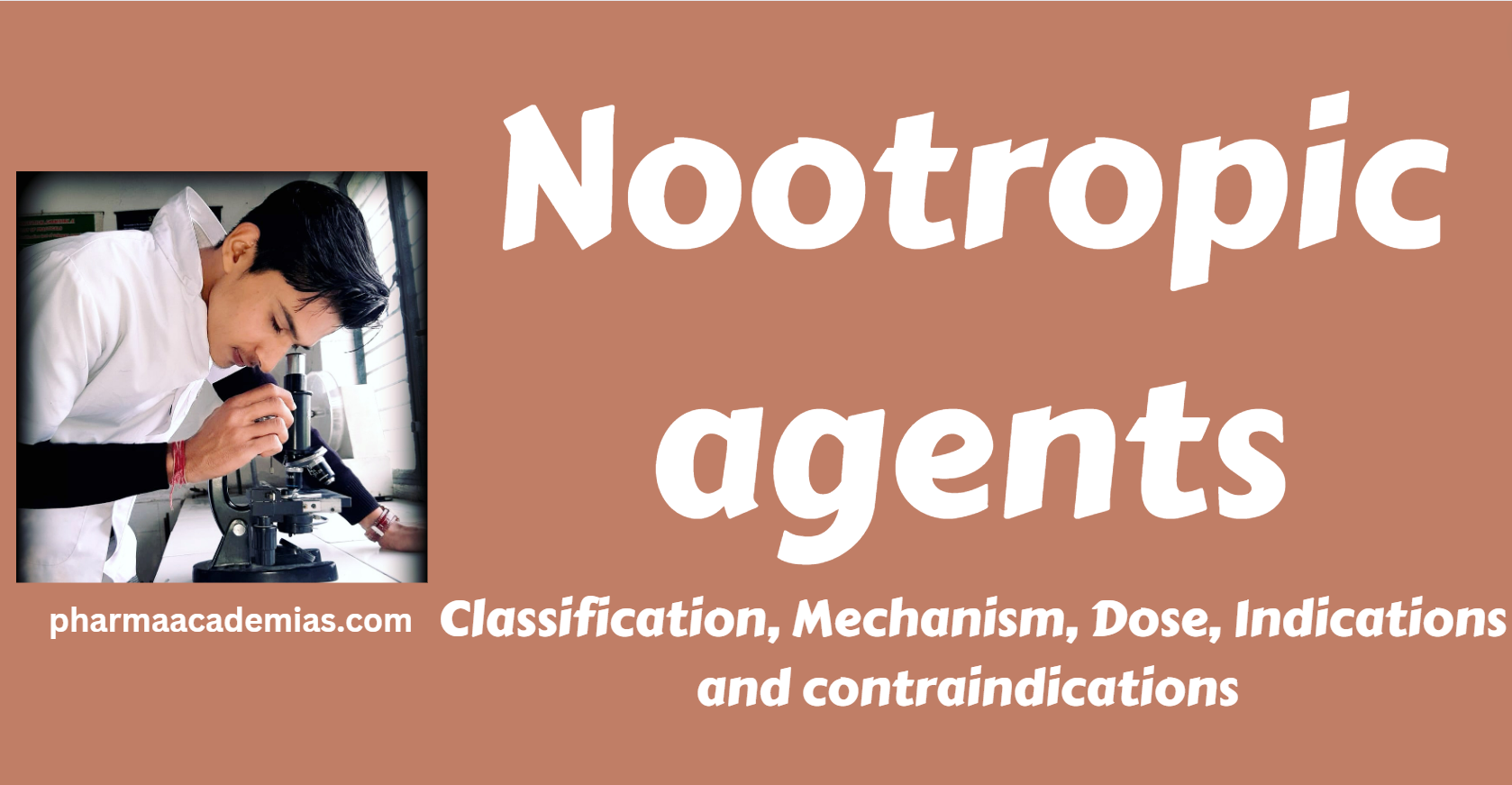Drugs used in atherosclerosis- Definition, Classification, Uses, Indications and contraindications
Atherosclerosis Atherosclerosis is a medical condition characterized by the hardening and narrowing of arteries due to the buildup of plaques consisting of fats, cholesterol, and other substances. Various drugs are used in the management of atherosclerosis. Here’s a brief overview of the key aspects: 1. Definition Atherosclerosis is a chronic vascular disease involving the gradual … Read more










